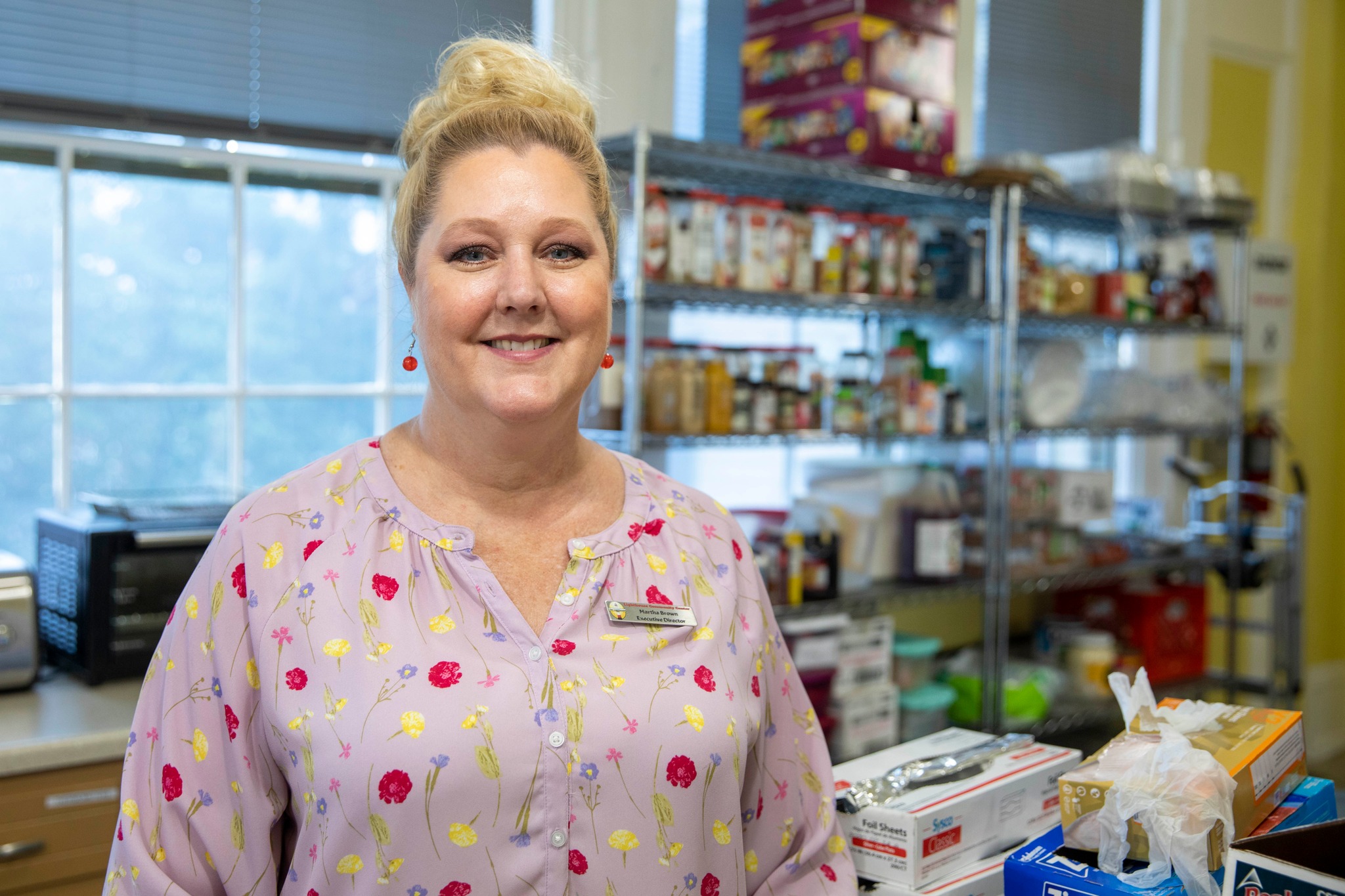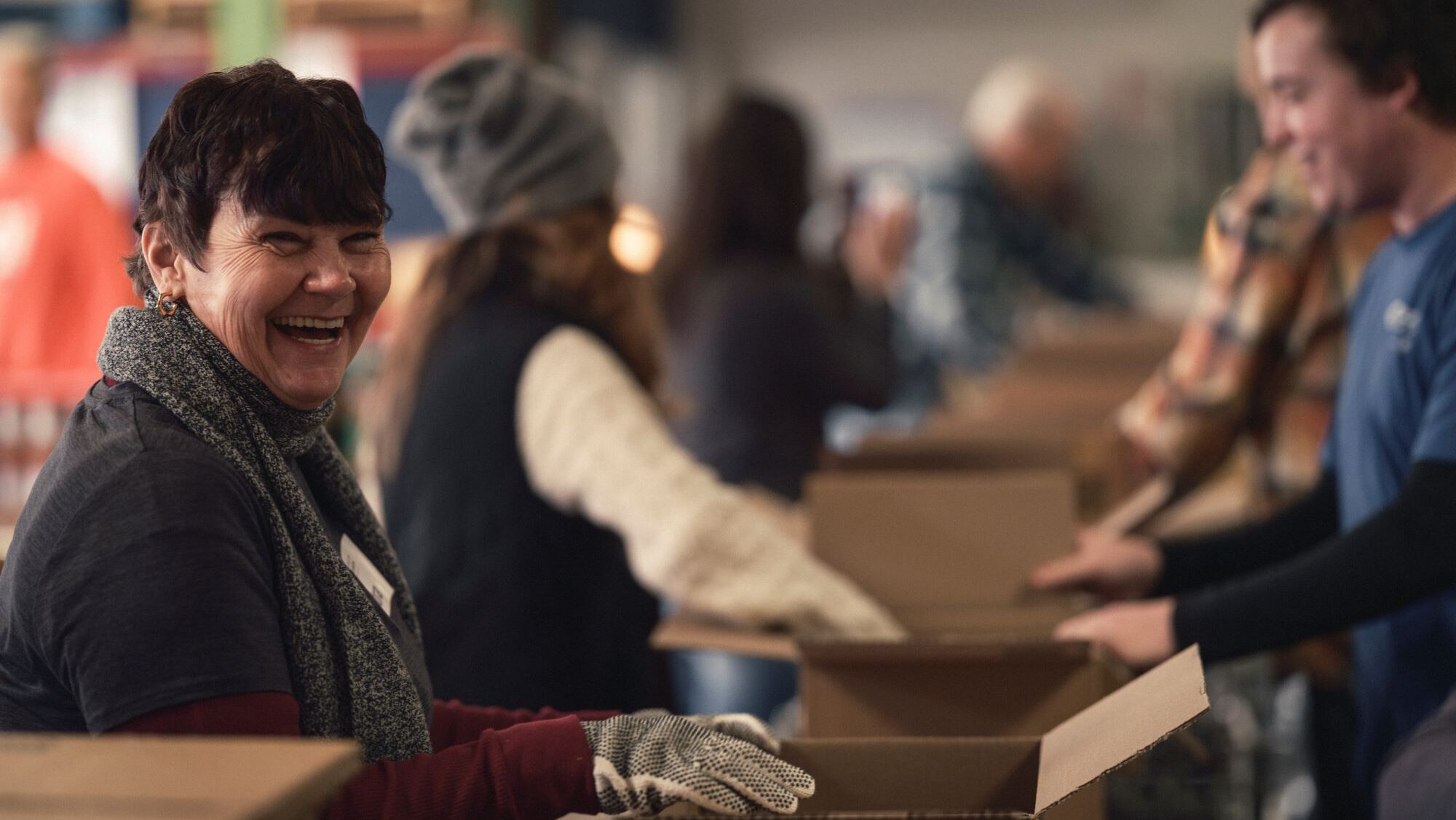About this series
After 15 years of dedicated service—12 of them as CEO—Michael McKee will retire from the Blue Ridge Area Food Bank at the end of June 2025.
During Michael’s tenure, the Food Bank has made transformational advancements in addressing hunger. In this three-part series, we celebrate Michael’s impact on food insecurity in the Blue Ridge, and the legacy he leaves behind.
Read the first article in this special series here:
A Legacy of Nourishing Our Communities
In this article, we highlight Michael’s work to ensure the sustainability of the Food Bank, while investing in the capacity of the entire partner network.
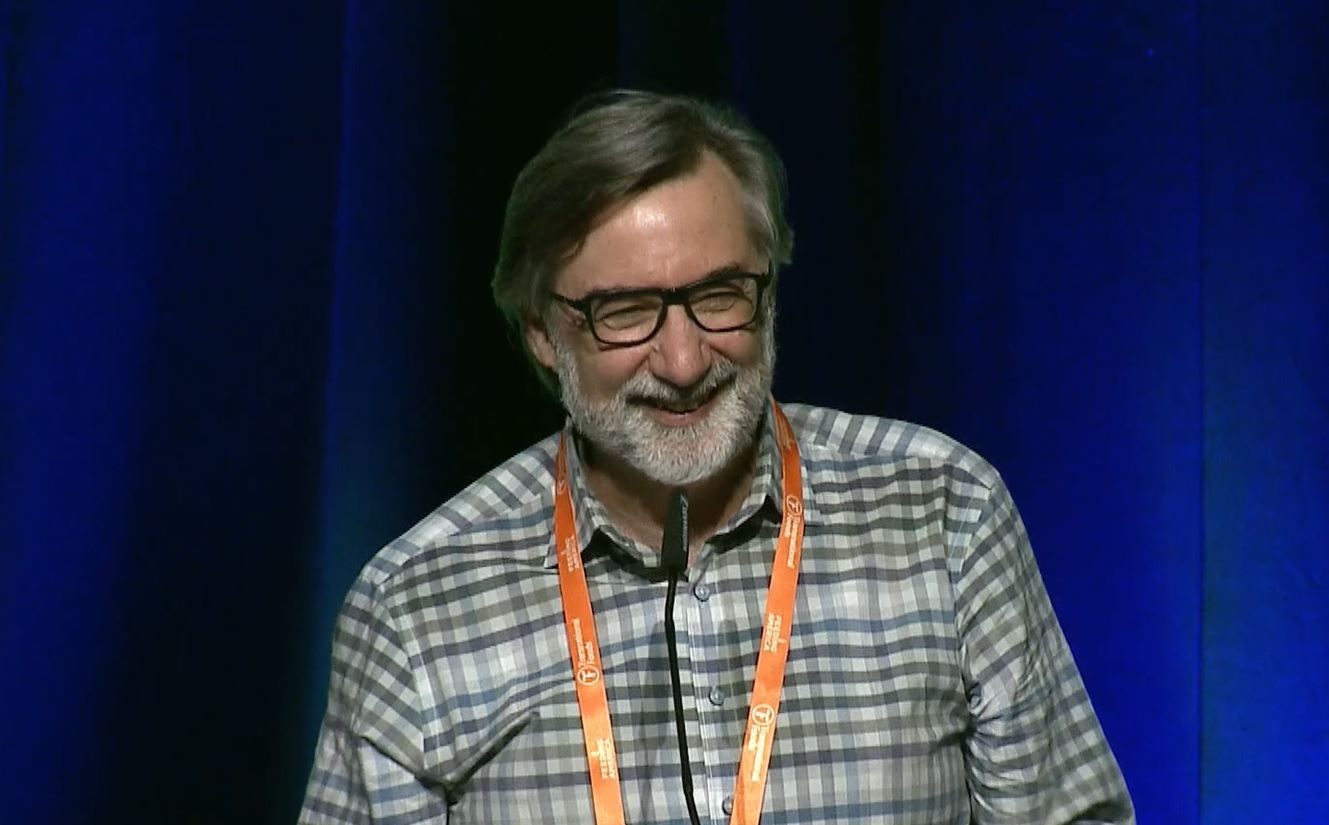
When you ask him about his work, Michael McKee will tell you that serving his neighbors for the past 15 years with the Blue Ridge Area Food Bank has been the honor of a lifetime. It stems from a deep commitment he feels that everyone should have enough to eat. Ending hunger in the Blue Ridge has been his great motivator.
As he prepares for his retirement, we note that Michael’s tenure as CEO of the Blue Ridge Area Food Bank is marked by a legacy of collaboration and growth, fueled by that desire to end hunger. Thanks to his inspirational leadership, strategic vision, and sharp insights, he leaves behind a strong and healthy food bank, and a network of pantry and program partners that are well-equipped to meet the challenges of the future.
"The Food Bank today is nothing like it was 15 years ago when Michael first joined. I fully believe this is due to Michael’s vision, compassion, and wealth of knowledge he brought to us, that we have grown to where we are today.”

Partner Impact & Innovation Grants
Under Michael’s leadership, the Food Bank prioritized building the capacity of its partner network. In 2017, he championed the launch of Food Bank donor-funded Partner Impact & Innovation (PII) Grants (an initiative originally called the Agency Capacity Fund). This initiative is designed to provide critical support to partner agencies—food pantries, soup kitchens, shelters, and program sites—enabling them to operate more efficiently and effectively.
The impact of these investments was particularly evident during the COVID-19 pandemic. Despite increased demand and the need to radically adjust operations to protect the health of staff, volunteers, and guests, 94% of the Food Bank’s partners were able to keep their doors open, at a time when many pantries in the country were unable to do so. This resilience is a testament to the strength of the network and the effectiveness of capacity-building investments over time.
To date, the Food Bank has invested more than $5 million in partner growth through PII Grants. These investments have taken various forms, including:
- Supporting the creation of welcoming, dignified environments and guest choice initiatives to honor the dignity of our guests
- Acquiring refrigerated trucks and vans to expand fresh food distribution
- Installing walk-in coolers and freezers to increase the safe storage of food
- Funding major capital expenditures and projects to improve efficiency and accessibility
“I am so grateful for Michael’s role in helping us build organizational capacity through the years. This is so crucial for rural communities. He leads with a servant’s heart, with a passion and vision to increase impact, and with intentionality. He has been very impactful in our small, rural food pantry.”
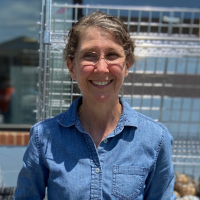
Investments in infrastructure
Michael’s commitment to strengthening the organization extends beyond the partner network. He has also championed significant investments in the Food Bank’s infrastructure. For example, over the last 12 years, food storage capacity at the Food Bank has expanded from 59,000 square feet to 81,000 square feet. This expansion included space for more dry and fresh foods and enabled the Food Bank to increase its reach and effectiveness and serve more guests.
Michael also endorsed significant investments in data and technology tools that have since been instrumental in supporting key strategies for the Food Bank. In partnership with James Madison University, the Food Bank developed Nourish, a cloud-based tool that lets food banks track the nutritional quality of their food inventory using evidence-based guidelines. Nourish is now used by the Food Bank and several others in Virginia to ensure that inventory consists primarily of highly nutritious foods.
Enough food and the right food at the right time
With Michael’s guidance, the Food Bank also became an early adopter of Link2Feed, a tool that helps partners and programs better understand the populations of guests who access food assistance. By leveraging guest data entered into Link2Feed software at the point of service, the Food Bank and its partners can tailor the food inventory to ensure there is sufficient quantity, or to meet the needs of guests based on cultural, religious, or health-related factors. Learnings from one partner location can be applied across the network where similar populations may exist, expanding the speed and impact of new approaches.
In other words, and thanks to Michael’s guidance, the use of data and technology allows the Food Bank to offer enough food and the right foods at the right time for the people who need it most.
He also thoughtfully grew the Food Bank’s staff not only to meet its mission, but to ensure that the Food Bank was equipped to take on new tasks. For example, the addition of a Benefits Outreach team over the last few years has helped connect hundreds of guests to additional resources such as the Supplemental Nutrition Assistance Program (SNAP).
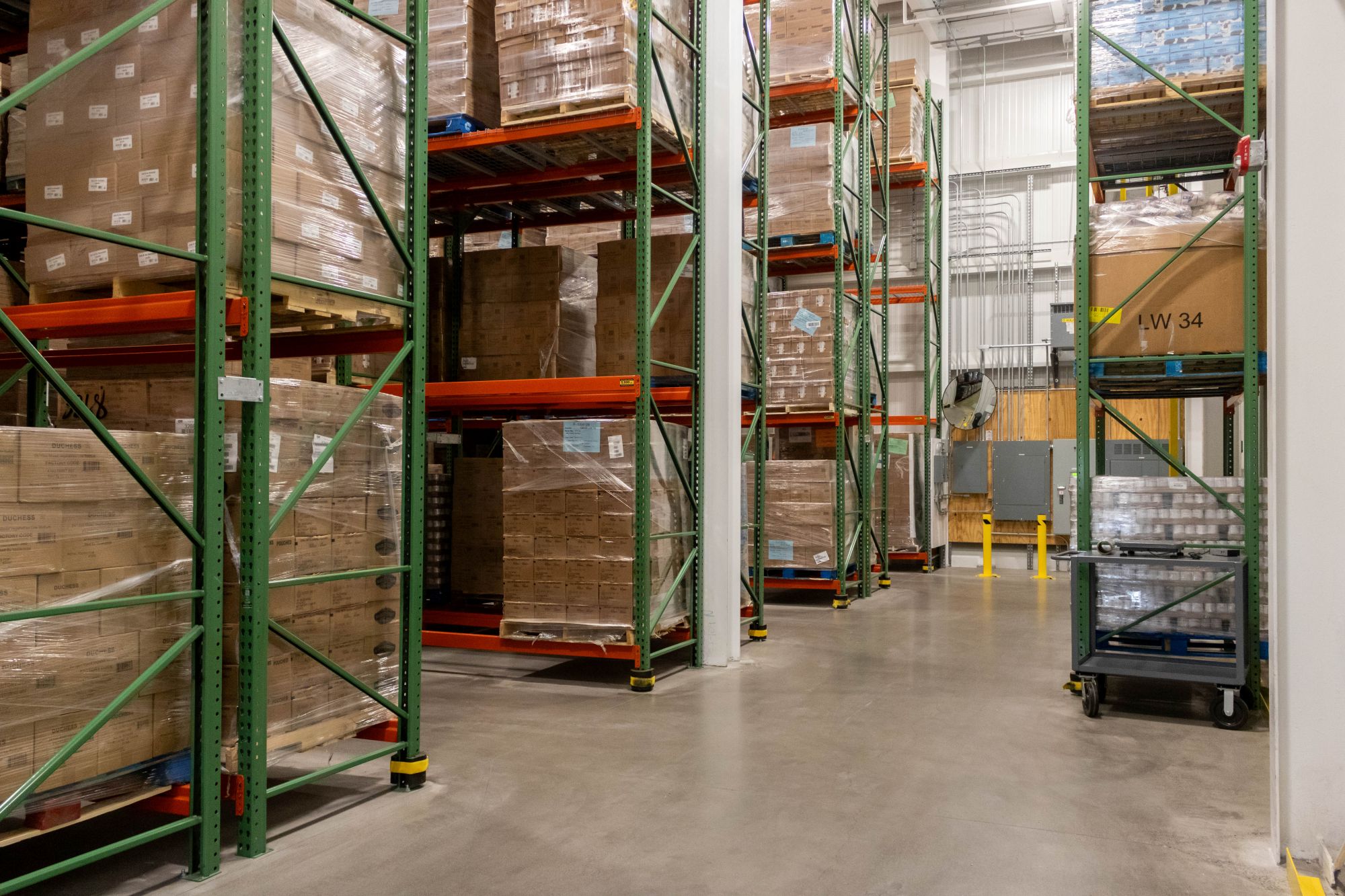
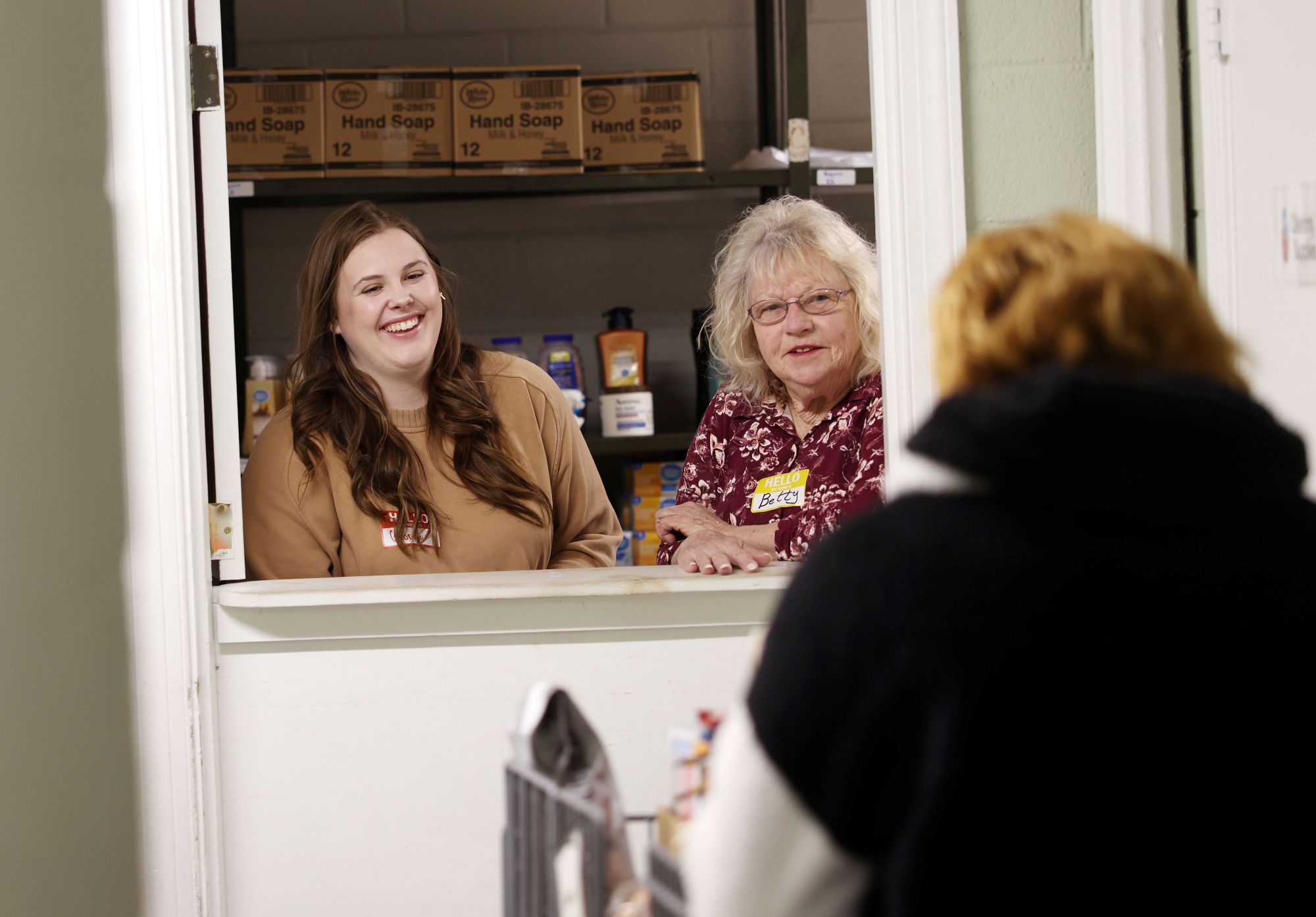
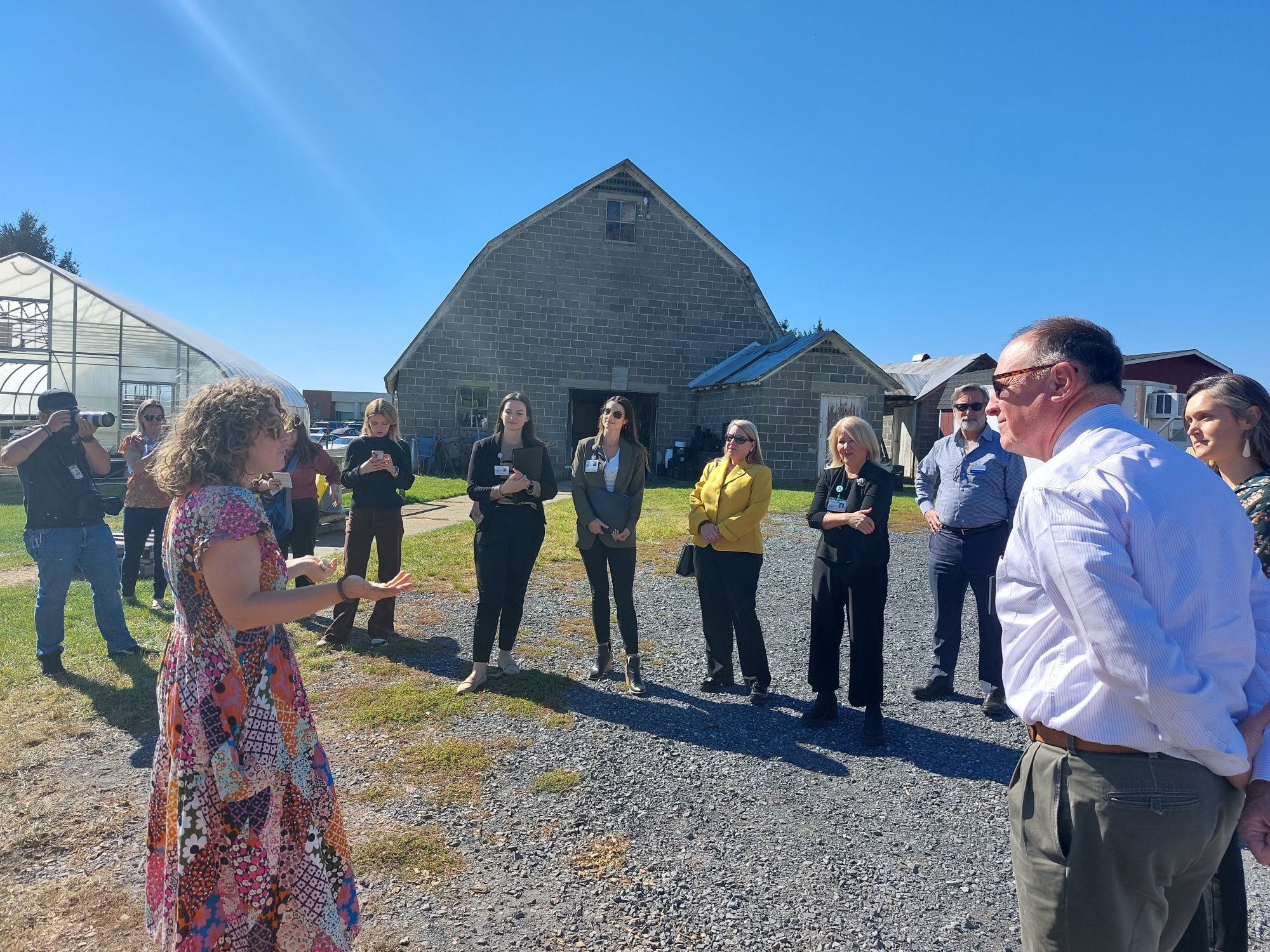
A culture of collaboration
At the same time, Michael fostered a collaborative culture within the Food Bank, ensuring clear communication between departments and a shared awareness of organizational goals.
This emphasis on internal partnership has led to more external relationships, including an increasing number of collaborations with a wide range of “non-traditional” partners, like schools and health care clinics in addition to the traditional church-based food pantry partners. By prioritizing inclusivity and cultivating diverse partnerships, Michael has brought fresh perspectives, innovative solutions, and additional resources to the collective effort to increase food security. This approach has also contributed to the professionalism of the organization and its effectiveness in addressing the complex challenges of food insecurity.
Recognizing that a healthy organization is essential for future success, maintaining a strong and sustainable Food Bank is a strategic goal in the Food Bank’s 5-year strategic plan (2023-2028). Michael’s leadership has been instrumental in driving this vision forward, ensuring that the Food Bank is well-positioned to continue its vital work for years to come.
A legacy that serves as a roadmap
Michael’s leadership has not only strengthened the Blue Ridge Area Food Bank and its people but has also left an indelible mark on the broader community. His emphasis on collaboration, capacity building, and strategic investment has created a resilient network of partners and a robust organizational foundation. As he prepares for retirement, his legacy serves as an inspiration and a roadmap for continued progress in the mission to end hunger.
In honor of Michael’s legacy of strategic leadership, we are creating the Michael McKee Fund for Professional Development to ensure the Blue Ridge Area Food Bank remains a center of innovation and excellence in hunger relief. To learn more or support this fund, click here.
 Chew On This
Chew On This



